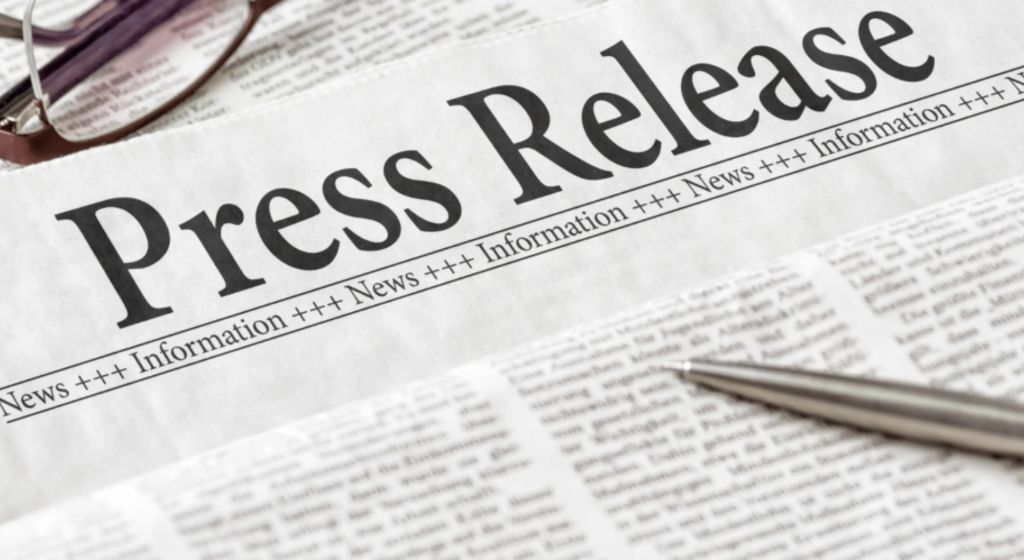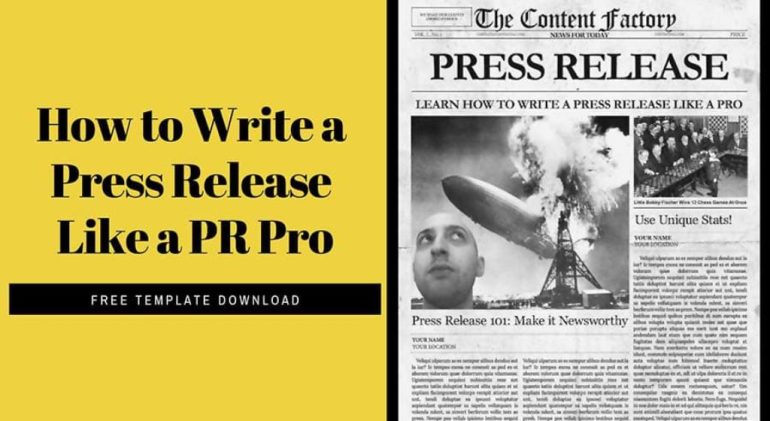In today’s fast-paced media landscape, getting your press release noticed by journalists and publishers requires more than just a well-written announcement—it needs strategy, relevance, and precision.
Whether you’re launching a product, announcing an event, or sharing company news, here’s how to craft a press release that stands out and earns media coverage.
1. Start with a Strong, Newsworthy Headline
Your headline is the first (and sometimes only) thing journalists will read. It must be:
-
Concise (under 10 words if possible)
-
Clear (immediately explain the news)
-
Compelling (use action verbs and key details)
2. Lead with the Most Important Information (The 5 W’s)
Journalists skim quickly, so your first paragraph should answer:
-
Who is involved?
-
What is happening?
-
When is it happening?
-
Where is it relevant?
-
Why does it matter?
Example:
*”Tech startup DataMind today announced the launch of its AI-powered analytics platform, set to release on June 15. The tool helps small businesses automate financial forecasting, reducing manual work by 50%.”*
3. Keep It Short & Scannable
-
Ideal length: 300-500 words
-
Short paragraphs: 2-3 sentences max
-
Bullet points or subheadings for key details
-
Avoid jargon—write for a general audience
4. Include Quotes for Credibility & Personality
A strong quote from a company executive or industry expert adds a human touch. Keep it:
-
Relevant (supports the news)
-
Concise (1-2 sentences)
-
Insightful (offers perspective, not just fluff)
Example:
“Our goal is to make AI accessible to every business owner,” says CEO Jane Doe. “This tool eliminates the complexity of financial planning, giving entrepreneurs more time to focus on growth.”

5. Add Supporting Data or Research
Journalists love stats, trends, and proof of impact. Include:
-
Market research
-
Survey results
-
Customer case studies
-
Growth metrics
Example:
“A recent study found that 72% of small businesses struggle with financial planning—DataMind’s solution addresses this gap.”
6. Optimize for SEO (But Don’t Overdo It)
-
Include target keywords naturally (e.g., “AI business software”)
-
Link to your website or relevant sources
-
Use alt text for images
7. Provide Clear Contact & Call-to-Action (CTA)
Make it easy for journalists to follow up:
-
Media contact (name, email, phone)
-
Press kit link (high-res images, logos, executive bios)
-
CTA (e.g., “For interviews, contact…” or “Download the app here”)
8. Distribute Strategically
-
Target relevant journalists (use tools like HARO or Muck Rack)
-
Send personalized pitches (don’t blast the same email to everyone)
-
Post on wire services (PR Newswire, Business Wire) for wider reach
9. Leverage Multimedia for Higher Engagement
Journalists are more likely to pick up releases that include high-quality visuals—photos, infographics, or short videos. Embed links to B-roll footage, product demos, or CEO interviews to make their job easier. Multimedia not only boosts credibility but also increases the chances of your story being featured in visual-heavy platforms like TV or social media.
Final Tip: Follow Up (But Don’t Spam)
If you don’t hear back within 3-5 days, send a polite follow-up email with a fresh angle or additional data.
A winning press release is newsworthy, concise, and easy to cover. By focusing on clarity, credibility, and strategic distribution, you’ll increase your chances of getting media pickup—and turning your announcement into a headline.

